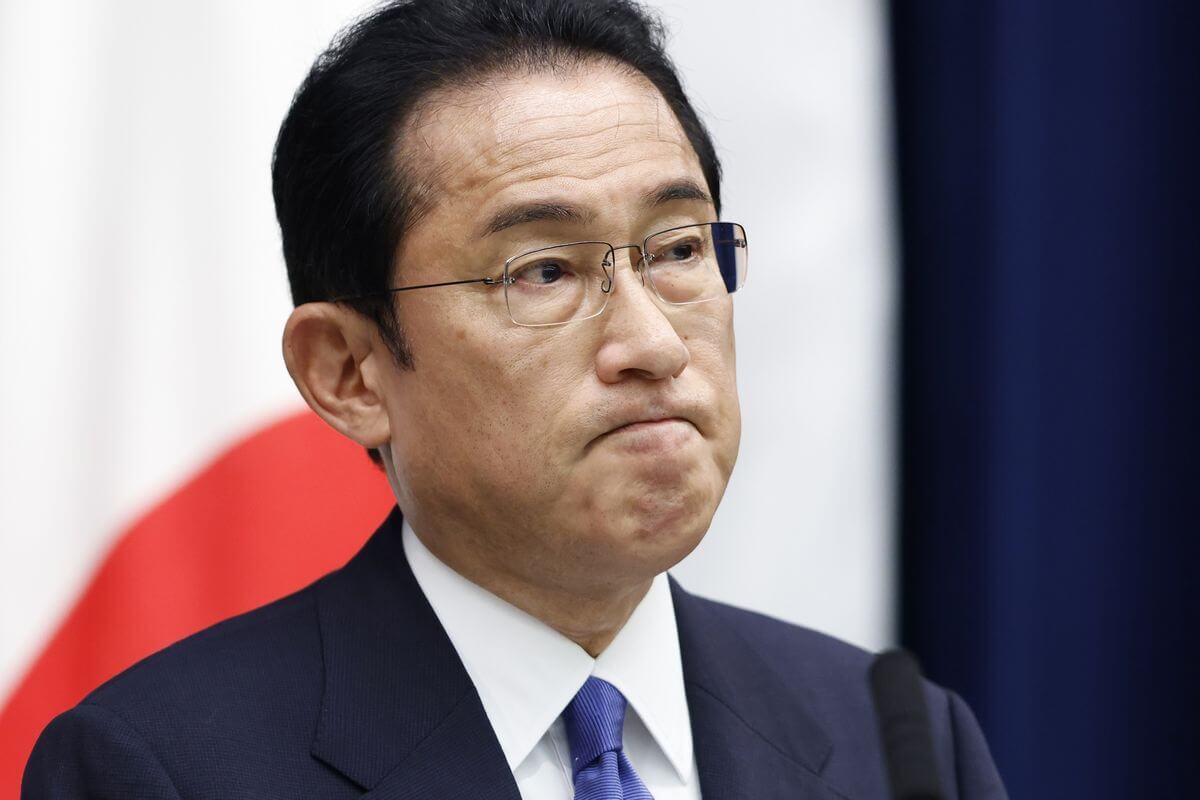Japanese Prime Minister (PM) Fumio Kishida has ordered his cabinet to increase the country’s defence spending to 2% of the gross domestic product (GDP) in the next five years, up from its longstanding current level of around 1%.
Kishida set the new 2027 target on Monday as the country adjusts to an increasingly unstable North Korea and assertive China, as well as the fallout from Russia’s invasion of Ukraine. Domestically, the Asian power’s financial strain is also further exacerbated by an ageing and dwindling population.
“We’ll take budgetary measures to increase spending on defence and other outlays to two per cent of current GDP by 2027,” Japanese Defence Minister Yasukazu Hamada announced following his meeting with the PM.
In August, the defence ministry submitted a request to increase its budget to $40 billion. The final figure will be confirmed after the government completes updating its many defence policies at the end of next month, in order to pass the budget for the next financial year starting in April.
Local media claimed that honing Tokyo’s “counterstrike” capacity would be one key area of expenditure, wherein it strengthens its ability to target enemy missile launch sites.
Bilateral training units are developing our operational capabilities and tactics, technics, and procedures by conducting practical training on island defense in order to contribute to maintaining and strengthening of a Free and Open Indo-Pacific.
— JGSDF (@Japan_GSDF) November 29, 2022
According to a poll published by Kyodo News Agency on Monday, more than 60% of respondents are in favour of the country possessing such “counterstrike capability.”
In fact, Kishida told the parliament on Tuesday that counterstrike capacity is one of several options his administration is studying to bolster the country’s defensive capabilities. He noted that the government would confirm its decision by the end of the year.
However, there are concerns about how the government will pay for the additional expenditure, as raising taxes is highly unpopular, even within Kishida’s own Liberal Democratic Party (LDP).
To this end, Hamada said that Kishida had asked his administration to develop an alternative solution to expand spending.
“(We will) secure the necessary budget by coming up quickly with various approaches, instead of just saying we can’t because there aren’t sufficient financial resources,” he quoted Kishida as saying.
The Kyodo poll also found that a third of the respondents favour cutting costs elsewhere in the budget to cover for additional defence spending.
Members from the U.S. Army, and 陸上自衛隊 Japan Ground Self-Defense Force have begun a week of familiarization training to learn about the many intricacies of the upcoming exercise Yama Sakura 83. The Australian Army will participate in the exercise as observers. pic.twitter.com/ZcOhSNCW7J
— U.S. Army Japan (@USARJ_PAO) November 29, 2022
Japan’s FY2022 annual budget increased defence spending by 1.1%, or $404 million, to around $37.8 billion.
The country also recently revealed that it is considering increasing the range of a new high-speed missile beyond 1,000 kilometres to help better defend its remote Senkaku islands, which China claims as its own.
Furthermore, it is mulling over expanding its artillery by buying US-developed Tomahawk cruise missiles and deploying more than 1,000 long-range cruise missiles to the Nansei island chain as a means to narrow the “cavernous missile gap” with China.
The Japanese Ministry of Defence’s annual white paper released in July underscored that the country’s three biggest threats are China, North Korea, and Russia.
In light of these growing threats, Japan is reportedly evaluating whether or not to change its national security strategy to include the use of pre-emptive strikes, which critics like China say would violate the country’s pacifist post-war constitution.

